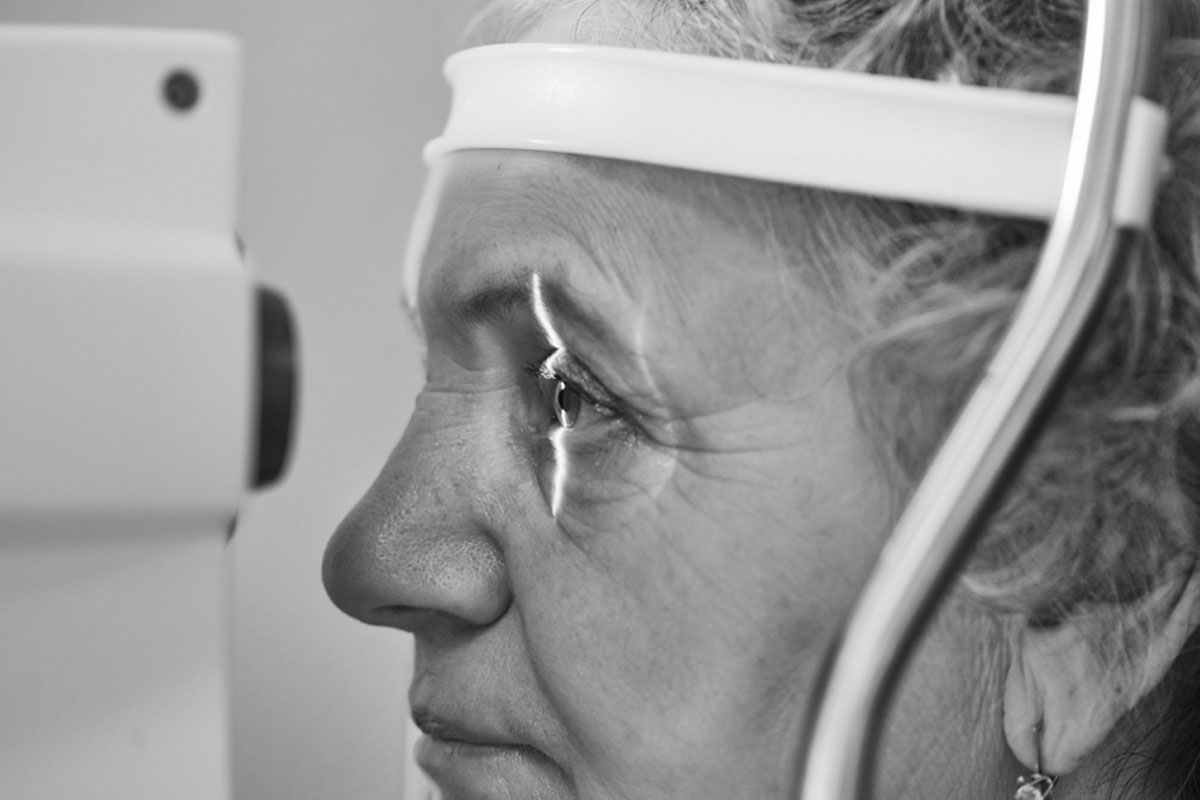
Glaucoma is one amongst the leading causes of blindness in the world. The disease is usually asymptomatic, most people may lose their vision without knowing it. Regular eye exams can help detect the disease at early stages. Glaucoma results when the optic nerve, which is the cable that connects the eye to the brain, becomes damaged. The condition is commonly related to high pressure within the eye causing deterioration of the optic nerve tissue over time. In many patients, this disease is painless and develops over a few years with no symptoms until the vision loss is permanent.
A comprehensive eye exam that features checking the pressure of the eye is very important to assist, evaluate and monitor for disease. Diagnostic testing like color photos, ocular coherence tomography (OCT), and visual fields can help diagnose and monitor glaucoma.
Glaucoma is a chronic disease that may usually be controlled through treatments like prescription eye drops and medications, laser treatments, and surgery. At Hashmanis, our experienced doctors are fully trained within the diagnosis and treatment of glaucoma.
A trabeculectomy is an operation which helps to empty fluid out of the eye and into a little blister (called a bleb) under the surface of the eye (the conjunctiva). The operation creates a sort of trap door for the fluid to go through, bypassing the normal drainage channel. Drainage of aqueous is improved and this reduces IOP.
Read More
Selective Laser Trabeculoplasty (SLT) is used to treat open angle glaucoma or ocular hypertension. The laser is targeted at the drainage channel within the eye, opening it up in such order that fluid can drain out of the eye more easily. This lowers IOP, which reduces the chance of harm to the optic nerve.
Read More
Glaucoma is caused by the build-up of fluid within the eye (called aqueous humour, or simply aqueous). This causes pressure within the eye (called intraocular pressure or IOP) to extend, which damages the optic nerve and results in vision loss.
Read More
MIGS stands for minimally invasive glaucoma surgery, and refers to a range of implants, devices and techniques which all aim to reduce the pressure in the eye (intraocular pressure, or IOP). Glaucoma is caused by the build-up of a fluid in the eye called aqueous humour.
Read More
An Ahmed Valve, or glaucoma drainage valve, is a device that is used to help lower intraocular pressure when maximum medical therapy with eye drops and laser treatment is not enough. The valve is made of silicone, and consists of a micro-tube connected to a small end-plate or reservoir.
Read More
Goniotomy is a surgical operation during which the doctor uses a lens called a goniolens to examine the structures of the front part of the eye (anterior chamber). An opening is formed within the trabecular meshwork, the group of small canals located within the drainage angle, where fluid leaves the eye.
Read More
A significant number of the glaucoma patients and suspects encountered in clinical practice have narrow angles. Although this is most common in Eastern Asia, particularly among the Chinese population, it is common worldwide, and was long underdiagnosed.
Read More
Transscleral cyclophotocoagulation with diode laser is a surgical operation. The laser is applied to the area of the eye that produces aqueous humour (the ciliary body) to decrease the assembly of liquid and, therefore the intraocular pressure level.
Read More
The clinical management of glaucoma is evolving, because of changes in population demographics, a growing understanding of the disease, and, most significantly , advances in both pharmaceutical and laser technology. In last few years, the amount of trabeculectomies performed has decreased by 44% since latanoprost was introduced.
Read More
Laser trabeculoplasty (LTP) involves the application of a laser beam to heat areas of the trabecular meshwork drainage in order to increase fluid outflow and thus lower intraocular pressure. LTP is used in the treatment of various open-angle glaucomas.
Read More
